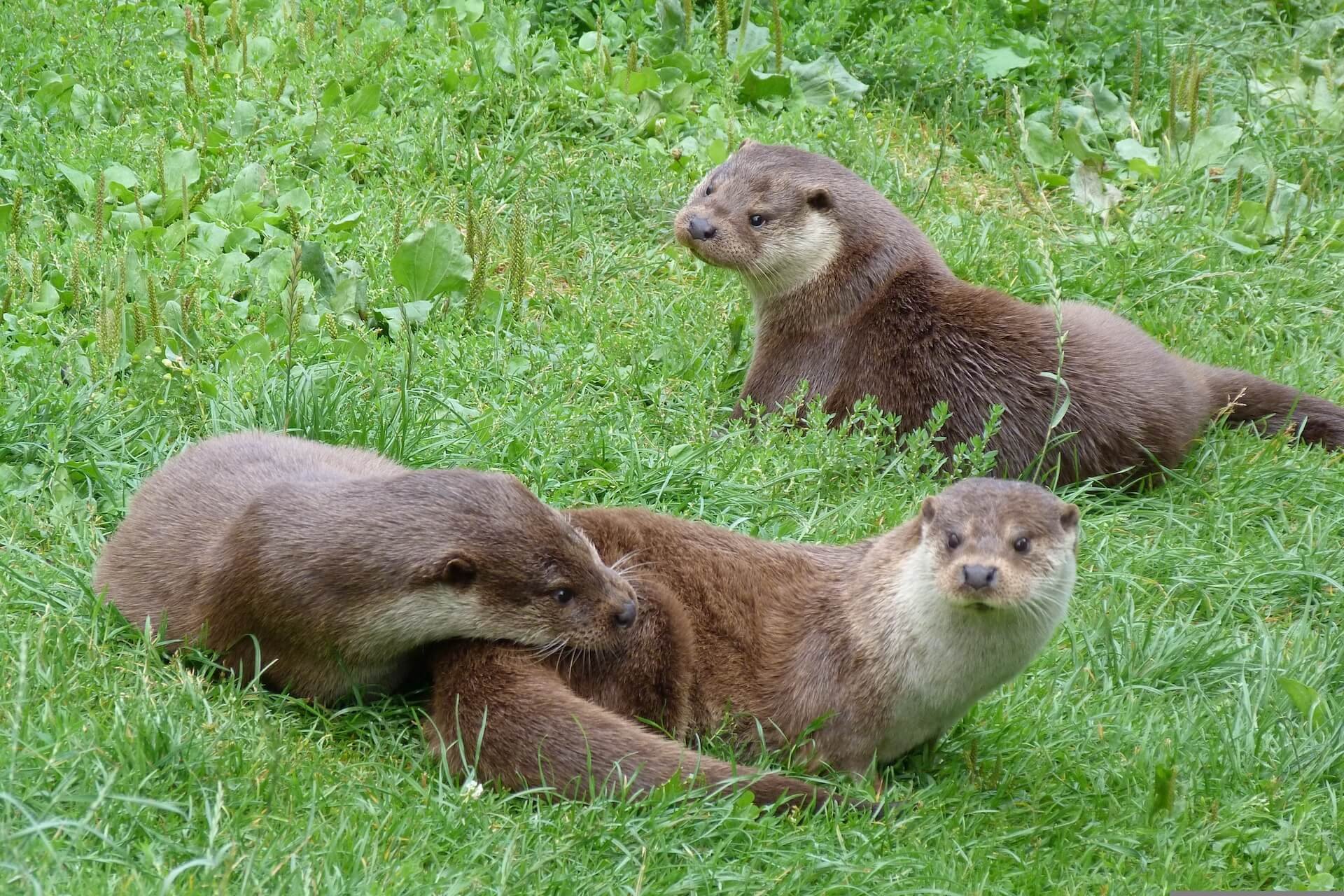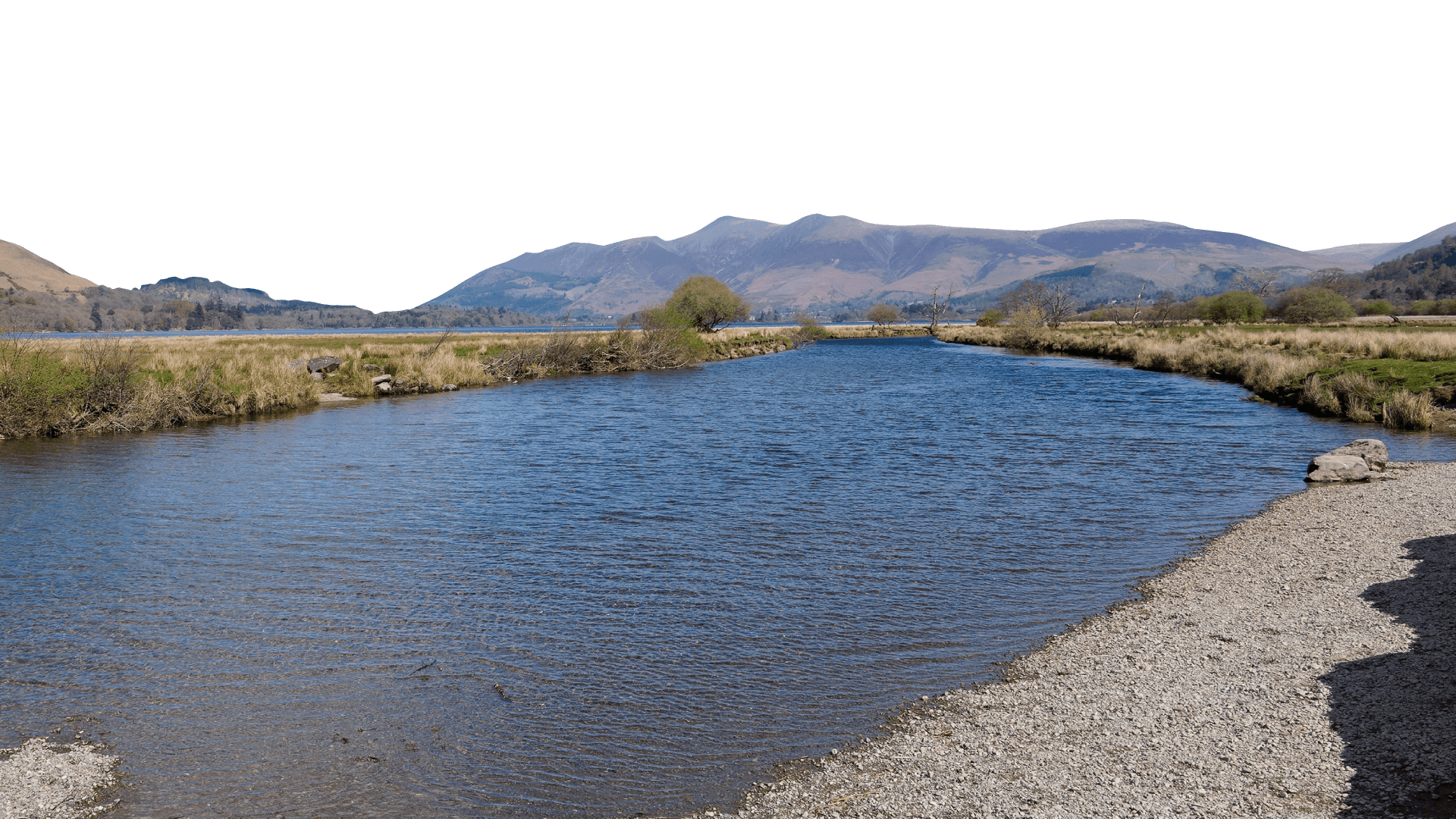
European Otter
The elusive European otter (Lutra lutra) is one of our top predators and have been here for millions of years. They have grey-brown fur, a broad snout and a pale chest and throat. Their eyes are placed at the top of their head so they can remain alert whilst their body is underwater. They grow to on average 1-1.3 metres in length and weigh up to 9kg.
Their diet consists mostly of fish, but they will eat birds, mammals and frogs if fish are in short supply. They can breed at any time of the year, although this usually occurs in spring. They have two or three cubs in underground burrows known as ‘holts’. Baby otters are not born natural swimmers, and very often adults will force their young into the water for their first swimming lesson. They have webbed feet and dense fur to keep warm and close their ears and nose when underwater. They have fantastic eyesight, hearing and sense of smell, which might explain why it can be so tricky to see them as they are very cautious creatures. You can see signs of otters along riverbanks – look out for five-toed footprints about 6-7cm long and scent messages in the form of droppings known as ‘spraints’. These spraints might have visible fish bones and are said to have a rather pleasant smell, similar to jasmine tea!
They communicate via whistles, twittering noises and spitting sounds, which can be heard best at night when it’s quiet.
Otters need clean rivers with an abundant source of food and plenty of vegetation. Even though the species has made a comeback and can now be found in a lot of our rivers, wild otters rarely live beyond four years of age. Our river systems still need extensive habitat management to bring them back to healthy levels to sustain fish stocks for wildlife.
Otters are categorised as being Near Threatened on the IUCN Red list of Threatened Species.
Did you know?
Otters can be distinguished from mink by their much larger size and broader face.

